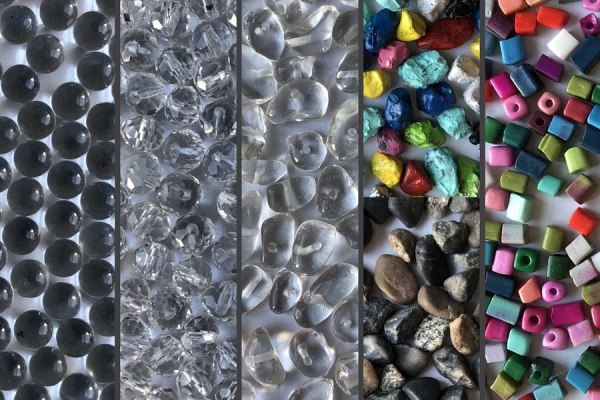As a river cuts through a landscape, it can operate like a conveyer belt, moving truckloads of sediment over time. Knowing how quickly or slowly this sediment flows can help engineers plan for the downstream impact of restoring a river or removing a dam. But the models currently used to estimate sediment flow can be off by a wide margin.
An MIT team has come up with a better formula to calculate how much sediment a fluid can push across a granular bed — a process known as bed load transport. The key to the new formula comes down to the shape of the sediment grains.
It may seem intuitive: A smooth, round stone should skip across a river bed faster than an angular pebble. But flowing water also pushes harder on the angular pebble, which could erase the round stone’s advantage. Which effect wins? Existing sediment transport models surprisingly don’t offer an answer, mainly because the problem of measuring grain shape is too unwieldy: How do you quantify a pebble’s contours?
Read more at Massachusetts Institute of Technology
Image: An MIT team has developed a more accurate formula to calculate how much sediment a fluid can push across a granular bed, which could help engineers manage river restoration and coastal erosion. The key to the new formula comes down to the shape of the sediment grains. Credits: Courtesy of the researchers


